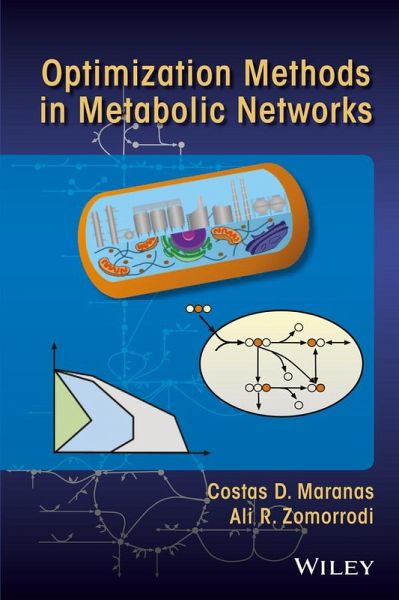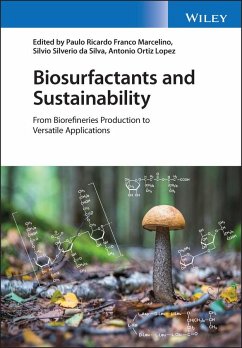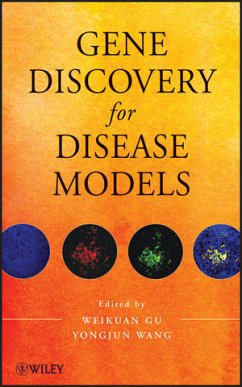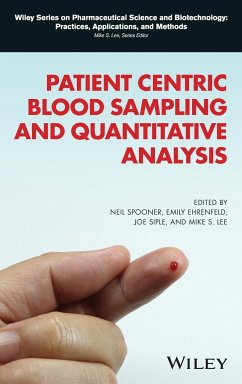
Optimization Methods in Metabolic Networks
Versandkostenfrei!
Versandfertig in über 4 Wochen
122,99 €
inkl. MwSt.
Weitere Ausgaben:

PAYBACK Punkte
61 °P sammeln!
Provides a tutorial on the computational tools that use mathematical optimization concepts and representations for the curation, analysis and redesign of metabolic networks_ Organizes, for the first time, the fundamentals of mathematical optimization in the context of metabolic network analysis_ Reviews the fundamentals of different classes of optimization problems including LP, MILP, MLP and MINLP_ Explains the most efficient ways of formulating a biological problem using mathematical optimization_ Reviews a variety of relevant problems in metabolic network curation, analysis and redesign wit...
Provides a tutorial on the computational tools that use mathematical optimization concepts and representations for the curation, analysis and redesign of metabolic networks
_ Organizes, for the first time, the fundamentals of mathematical optimization in the context of metabolic network analysis
_ Reviews the fundamentals of different classes of optimization problems including LP, MILP, MLP and MINLP
_ Explains the most efficient ways of formulating a biological problem using mathematical optimization
_ Reviews a variety of relevant problems in metabolic network curation, analysis and redesign with an emphasis on details of optimization formulations
_ Provides a detailed treatment of bilevel optimization techniques for computational strain design and other relevant problems
_ Organizes, for the first time, the fundamentals of mathematical optimization in the context of metabolic network analysis
_ Reviews the fundamentals of different classes of optimization problems including LP, MILP, MLP and MINLP
_ Explains the most efficient ways of formulating a biological problem using mathematical optimization
_ Reviews a variety of relevant problems in metabolic network curation, analysis and redesign with an emphasis on details of optimization formulations
_ Provides a detailed treatment of bilevel optimization techniques for computational strain design and other relevant problems













